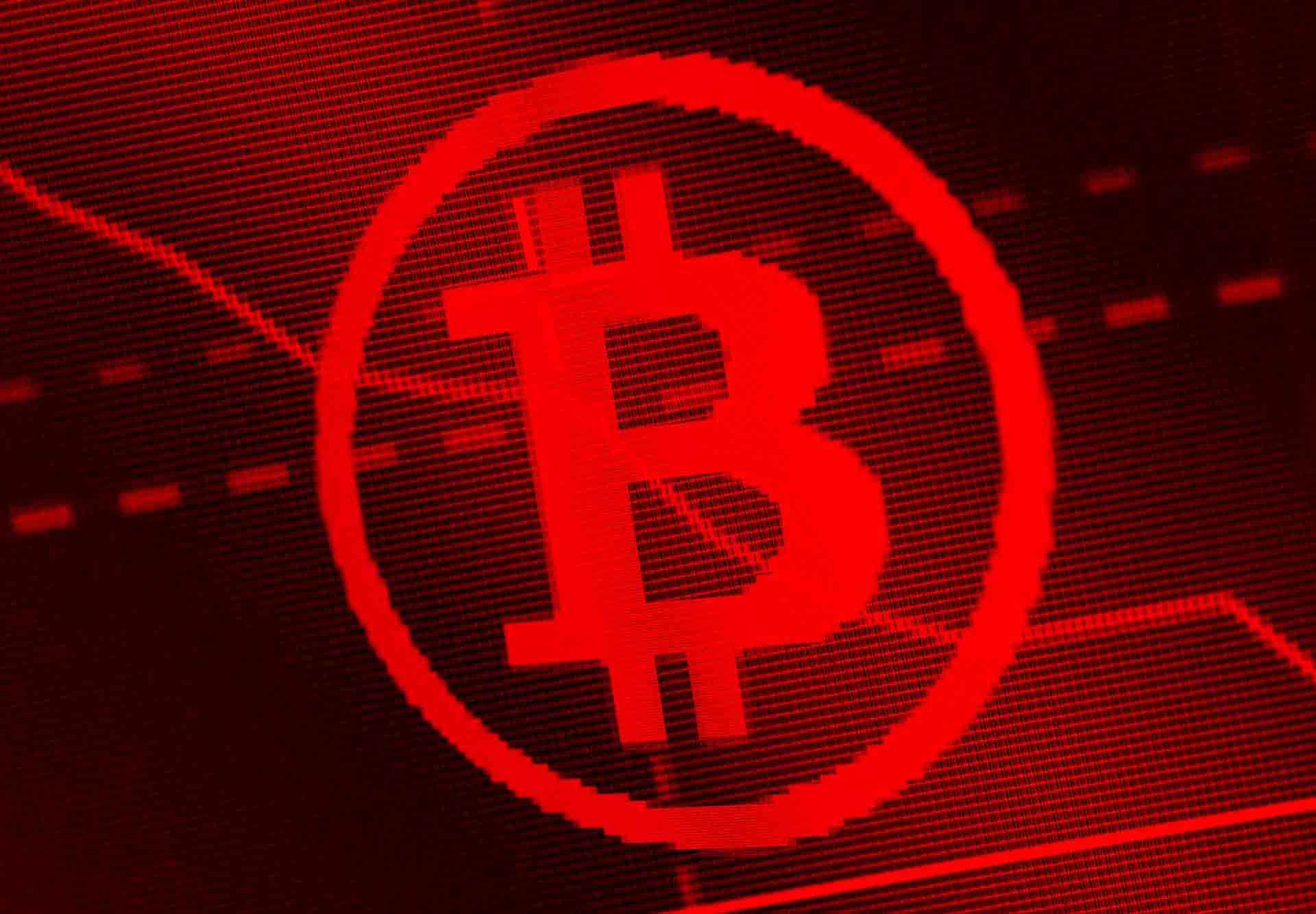In a world driven by digital abundance, finding true scarcity has become increasingly challenging. However, there is one digital asset that stands out: Bitcoin. Created in 2009 by an anonymous individual or group known as Satoshi Nakamoto, Bitcoin introduced a groundbreaking concept: digital scarcity. In this blog, we will explore why Bitcoin is the only digital scarcity that truly matters and delve into the unique features that make it stand out in the digital landscape.
The Problem of Digital Replication
In the digital realm, replication is effortless. The internet makes it simple and cheap to duplicate and distribute digital files like music, movies, and documents. This has led to a flood of digital content that lacks scarcity. While this may be advantageous for accessibility and distribution, it undermines the value of digital assets.
Enter Bitcoin: The Pioneer of Digital Scarcity
Bitcoin emerged as the first digital asset to introduce scarcity into the digital world successfully. Through its underlying technology, the blockchain, and the consensus algorithm known as Proof-of-Work, Bitcoin achieved an unprecedented level of scarcity. Here’s why Bitcoin’s scarcity matters:
1. Limited Supply: Bitcoin, in contrast to fiat currencies that central banks can generate at will, has a fixed supply. There will only ever be a maximum of 21 million Bitcoins in circulation. This limited supply ensures that Bitcoin remains scarce, just like traditional commodities such as gold or oil. As the demand for Bitcoin grows, its scarcity becomes increasingly valuable.
2. Controlled Issuance: Bitcoin’s scarcity is not only limited by its total supply but also by its controlled issuance. Through the mining process, new Bitcoins are created and introduced into circulation. However, the rate of issuance decreases over time, following a predetermined schedule. This means that new Bitcoins enter the market at a diminishing rate, further enhancing scarcity as time goes on.
3. Decentralization and Immutable Ledger: Bitcoin’s scarcity is safeguarded by its decentralized nature. Blockchain, Bitcoin’s underlying technology, is a distributed ledger that is updated collectively by a group of people (miners) all over the world. This decentralized network ensures the integrity of transactions and prevents any single entity from controlling the supply of Bitcoin. The immutability of the blockchain guarantees the scarcity and authenticity of each Bitcoin unit.
4. Halving Events: To maintain scarcity and control the rate of new Bitcoin issuance, the protocol incorporates periodic halving events. Approximately every four years, the number of new Bitcoins created through mining is cut in half. This event, known as a halving, has a deflationary effect on the supply, increasing scarcity and potentially driving up the value of Bitcoin.
The Implications of Bitcoin’s Scarcity
Bitcoin’s scarcity carries significant implications that extend beyond its value as a digital asset. Here are a few key implications:
1. Store of Value: Bitcoin’s scarcity positions it as a potential store of value. Traditional fiat currencies are subject to inflationary pressures as central banks increase the money supply. In contrast, Bitcoin’s fixed supply makes it resistant to inflation, making it an attractive option for individuals seeking to preserve their wealth and hedge against inflationary risks.
2. Digital Gold: Since Bitcoin is extremely scarce and can be used as a store of value, the term “digital gold” is commonly used to describe it. Like gold, Bitcoin is finite and cannot be easily replicated. Its decentralized nature, portability, and divisibility make it a compelling digital store of value that transcends geographic boundaries.
3. Economic Freedom: Bitcoin’s scarcity empowers individuals with a level of economic freedom that traditional financial systems often cannot provide. It allows for borderless transactions, financial inclusion, and the ability to control one’s wealth without relying on intermediaries. Bitcoin’s scarcity enables individuals to be self-sovereign and have ownership over their digital assets.
4. Technological Innovation: Bitcoin’s groundbreaking concept of digital scarcity has sparked technological innovations beyond the realm of finance. The underlying blockchain technology has paved the way for the development of various decentralized applications (DApps) and smart contracts, revolutionizing industries such as supply chain management, decentralized finance (DeFi), and more.
5. Global Impact: Bitcoin’s scarcity has global implications that challenge traditional financial systems and monetary policies. As Bitcoin gains wider acceptance, governments and financial institutions are grappling with its potential to disrupt existing economic frameworks. The concept of digital scarcity has opened up discussions on the future of global finance, monetary policy, and the adoption of decentralized systems.
Conclusion
Bitcoin is the trailblazer in the realm of digital scarcity. Its finite supply, controlled issuance, decentralization, and immutability set it apart as the only digital asset that truly matters in terms of scarcity. Bitcoin’s scarcity carries significant implications for its value as a store of wealth, economic freedom, technological innovation, and even global economic systems.
Understanding the significance of digital scarcity is essential as the world continues to embrace digital revolution. Bitcoin’s emergence as a scarce digital asset challenges the notion that abundance is inherent in the digital realm. By introducing scarcity, Bitcoin has disrupted traditional economic models and opened up new possibilities for individuals to control and preserve their wealth in the digital age.
The concept of scarcity is no longer limited to physical resources. Bitcoin’s unique properties have established it as the epitome of digital scarcity, paving the way for developing new economic models, financial instruments, and exploring alternative store-of-value assets. As we navigate the evolving landscape of digital finance, recognizing the significance of Bitcoin’s scarcity will continue to shape our perceptions of value and scarcity in the digital age, influencing both individuals and the global economy at large.

